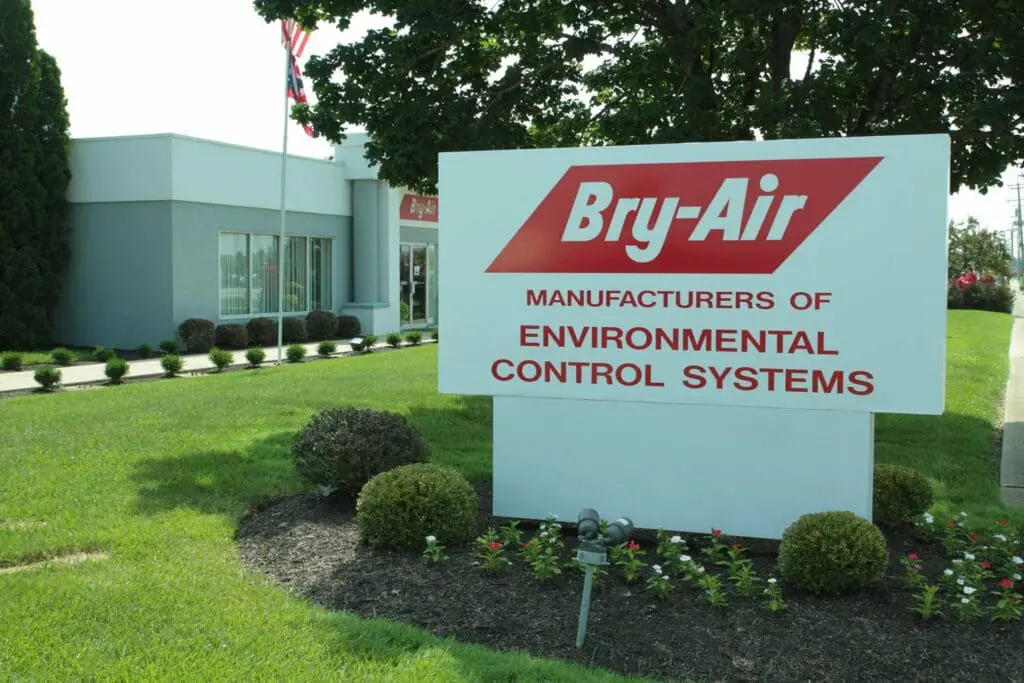Dehumidification in Hospitals

A goal of every hospital should be to create an environment that facilitates effective medical care and efficient recovery. Unfortunately, there are many challenges that hospitals face when striving towards that goal, some of which come from a somewhat surprising source: air moisture.
As you’ll soon learn, high levels of humidity can present many complications in hospitals and other medical facilities. The good news is that dehumidification can resolve and prevent many of those problems before they occur. In this article, we’ll expand on that idea and reveal a few of the reasons why dehumidification in hospitals is so vital.
Why is Dehumidification Important for Hospitals?
Controlling humidity in hospital settings is more important than you might first expect. In fact, without dehumidification, hospitals would struggle to provide the services that we rely on them for. In the sections to follow, we’ll detail a few of the most prominent reasons why dehumidification is an essential component of modern hospital operations.
Dehumidification Reduces the Spread of Bacteria
You do not need to be a medical professional to understand the fact that hospital settings feature a greater potential for bacteria spread than other locations. As such, it is no surprise that reducing the amount of bacteria that spread throughout hospital facilities should become a top priority.
When germs spread freely throughout hospital rooms, it makes it incredibly easy for both patients and staff to get sick. The spread of bacteria also leads to a generally filthy setting that may begin to smell. That uncleanliness can trigger asthma and create an unpleasant experience for patients and their guests.
Of course, regular cleaning schedules are essential for sterilizing hospital spaces and equipment, but preventing the proliferation of bacteria is also a worthy objective. One way to do that is via dehumidification.
Reducing air moisture with a dehumidification system makes it more difficult for bacteria to spread compared to settings that are high in humidity. That means that dehumidification is a necessary preventative measure when attempting to keep a medical facility healthy and clean.
Dehumidification Discourages Disease Spread
Similar to our last point, high-humidity environments are also more likely to encourage the spread of pathogens that cause disease. Again, disease-causing pathogens are already more prevalent in hospital settings, and excessive moisture in the air only makes it easier for airborne pathogens, such as those that cause influenza, to spread from person to person.
The spread of disease can complicate preexisting conditions and make for longer recovery times for patients, which in turn can cause overcrowding that affects the entire hospital system. Likewise, hospital staff are equally vulnerable to the airborne pathogens that humidity exacerbates. When nurses, doctors, and other providers become sick themselves, it only limits their ability to provide the highest quality care.
Fortunately, dehumidification can play a role in discouraging the spread of airborne diseases. With a well-functioning hospital dehumidification system, the rate of disease spread among patients and hospital staff is likely to fall.
Dehumidification Increases the Longevity of Hospital Infrastructure
Moisture poses a threat to buildings, whether those buildings are hospitals or not. As many professionals in the construction industry know, water and humidity have an almost universally negative effect on the structural integrity of construction materials.
Water vapor not only tends to weaken structures, but it also allows for the growth and proliferation of mold, which typically leads to further structural decay. When moisture continually damages buildings, it leads to a higher need for repairs, which ultimately increases overall operational costs.
In addition, high humidity can also have a negative effect on the operational efficiency of machinery and other tools. Since hospital workers rely on precise technology to provide their expert insights to their patients, it is not permissible to allow humidity to interfere with the effectiveness of those technologies.
By including dehumidification as a crucial part of a hospital’s design, it helps increase the longevity of the hospital’s structural supports. It also allows for the medical devices within the hospital to operate at full capacity and enjoy a longer lifespan as well.
Dehumidification Makes a More Comfortable Environment Overall
Our final reason why dehumidification in hospitals is important has less to do with the strict functionality of the hospital and its equipment than it does with promoting a positive and comfortable environment for those who visit and work in hospitals.
Along with all the functional benefits of dehumidifiers, they also allow hospital settings to be more pleasant to be in. For instance, lower levels of humidity make complications related to asthma less likely to occur. Drier air also helps people avoid overheating during hotter months.
When hospital staff can feel more comfortable in their working environment, it allows them to provide better care. Simultaneously, a comfortable level of humidity is equally beneficial for hospital patients who, in many cases, have plenty of discomfort to worry about already.
Hospital Dehumidification Systems
Unlike in residential settings, hospitals cannot rely on individual dehumidifiers for their air moisture control purposes. Instead, dehumidification must be built into the hospital’s HVAC duct system. It is also important to note that dehumidification is much more than a recommendation for hospitals. In most cases, keeping air moisture within a predetermined range is a requirement for medical facilities.
Dehumidification systems for hospitals must also be sophisticated, considering the fact that not all areas of a hospital require the same degree of moisture control. For instance, the moisture control requirements for a patient’s room or an operating room are likely to be more stringent than those that pertain to a waiting room. A comprehensive hospital dehumidification system accounts for this and effectively controls the different moisture levels for each of these room types.
Additionally, there are differences in the types of dehumidification systems a hospital can employ. While any type of dehumidifier is capable of reducing humidity, some have more distinct advantages than others.
In many cases, desiccant dehumidifiers are the best option, as they tend to be quieter during operation while also achieving lower humidity levels than other dehumidifier types. But regardless of what kind of dehumidifier a hospital uses, dehumidification remains a critical feature of any medical facility that aims to promote health and safety for its patients and workers.










